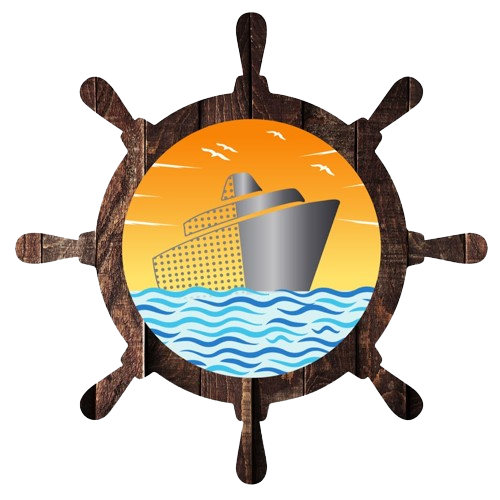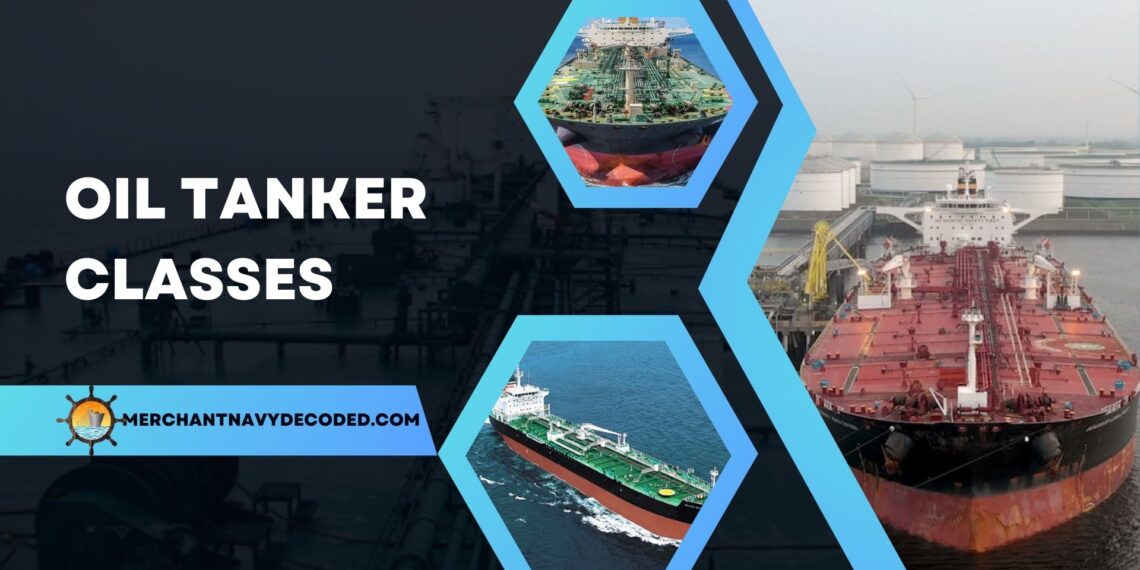What are Oil Tanker Classes & Types of Oil Tanker
1: Classification of Oil Tanker Classes
Oil tankers are key vessels in the maritime industry. They transport liquids such as oil, chemicals, gas, and products like slurry, juice, and wine. Tankers are grouped into categories based on hull construction, vessel size, and cargo type.
We will help you understand these classifications. In this blog, we will examine the primary oil tanker classes.
There are three major classifications of the tanker based on:
- Hull construction
- Size
- Type of cargo
2: Oil Tanker Classes Based on Hull Construction
One of the key factors in tanker classification is the construction of the hull. This is important for safety, structural integrity, and environmental protection.
| Types of tankers | |
| Single Hull Tanker | A single layer of steel (Hull) outer covering is less safe and is being phased out due to environmental concerns. |
| Double Hull Tanker | Two layers of steel, with a space between them for safety, environmental protection, and ballast. |
2.1: Single Hull Tankers
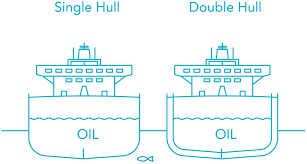
Single-hull tankers have a single layer of shell covering as the outer covering of the ship. Single Hull tankers were once the standard, they are now being phased out due to their vulnerability to damage, this will eventually decrease the chance of accidents caused due to leakage. In the event of a collision or breach, the cargo hold is exposed, which can lead to dangerous oil spills or chemical leaks. Single-hull tankers are less safe and not environmentally friendly and they are being replaced by double-hull designs under international regulations like MARPOL.
2.2: Double Hull Tankers

Double hull tankers have the feature of two layers of outer and inner shell covering (hull), creating a space between the inner and outer layers. Double hull tanker design offers extra protection against accidents and reduces the likelihood of spills. The space between the two hulls can also be used for ballast, improving the vessel’s stability and creating valuable space for waste making it economically profitable for the charterer. Double-hull tankers are now the standard for transporting hazardous cargo and are essential in minimizing environmental damage in the shipping industry.
Want to learn more about the Tankers and their operations by a Merchant Navy Captain? Check out the Tanker Familiarization Course by the Merchant Navy Decoded.
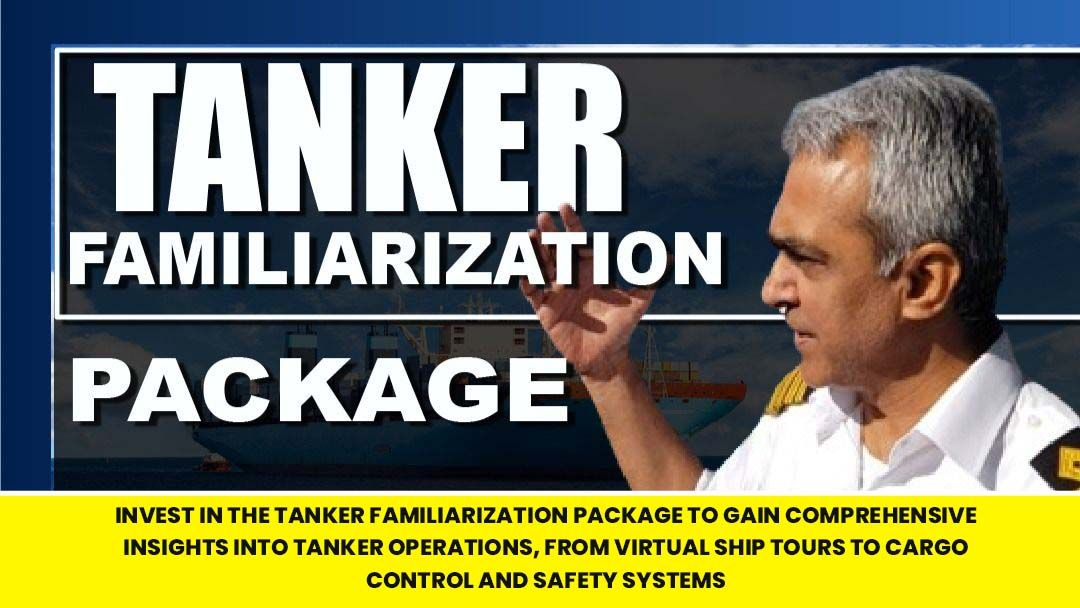
3: Oil Tanker Classes Based on Size
| Sub-Category | Deadweight Tonage (DWT) | Description |
| Coastal Tanker | 10,000 – 20,000 DWT | Smaller vessels are used for short-distance transport within coastal or regional waters. |
| Aframax | 80,000 – 120,000 DWT | Vessels are used for medium-range voyages, commonly for crude oil and refined products. |
| Panamamax | 60,000-82,000 DWT | |
| Suezmax | 120,000 – 200,000 DWT | Vessels optimized for passage through the Suez Canal, primarily used for crude oil transport. |
| VLCC (Very Large Crude Carrier) | Over 200,000 DWT | Large vessels for long-haul crude oil transport across oceans. |
| ULCC (Ultra Large Crude Carrier) | Over 320,000 DWT | The largest tankers are used for massive quantities of crude oil, but with limited port access. |
Tankers are also classified according to their size, which determines their cargo capacity and suitability for different routes.
3.1: Coastal Tanker
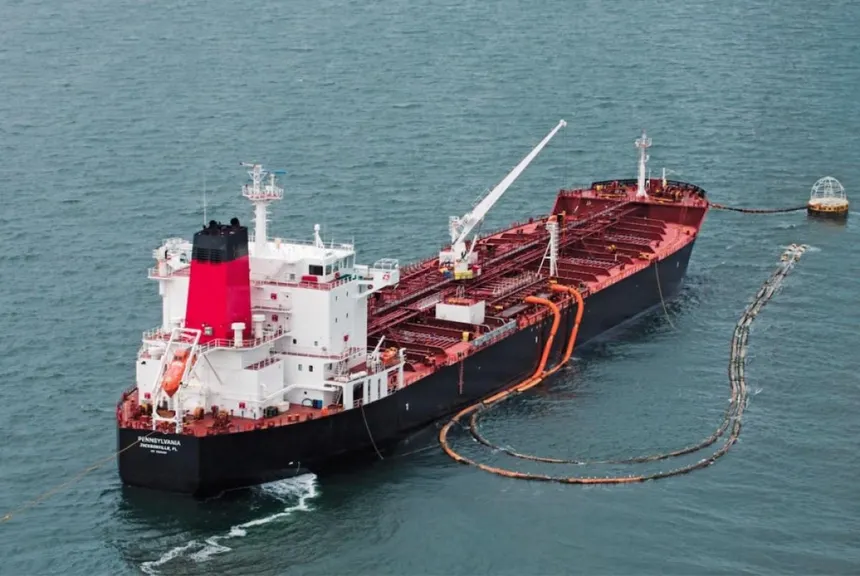
Coastal tankers are smaller vessels, carrying 10,000 to 20,000 deadweight tons (DWT). Coastal tanker vessels are used for transporting goods along coastlines or within regional waters. They are ideal for short-distance voyages and are essential for transporting refined products and chemicals within regions.
3.2: Aframax Oil Tanker
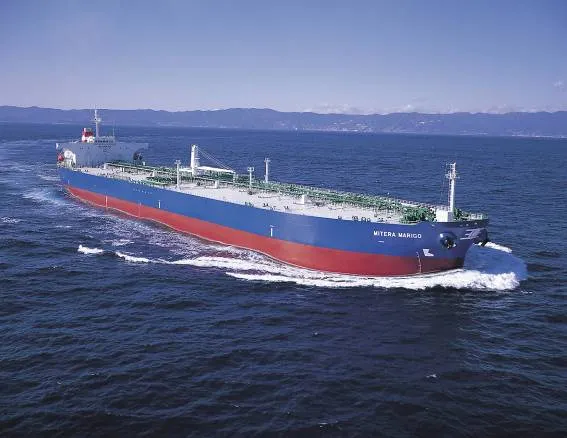
The Aframax tankers are slightly larger, carrying between 80,000 and 120,000 DWT. Aframax tankers are designed for medium-range voyages and can operate in both shallow and deep-water ports. Aframax is commonly used for transporting crude oil and refined products to and from regions where larger tankers cannot access it due to port limitations. Aframax tankers are found in the sea routes of the Caribbean Sea, North Sea, and Mediterranean Sea.
3.3: Panamax Tanker
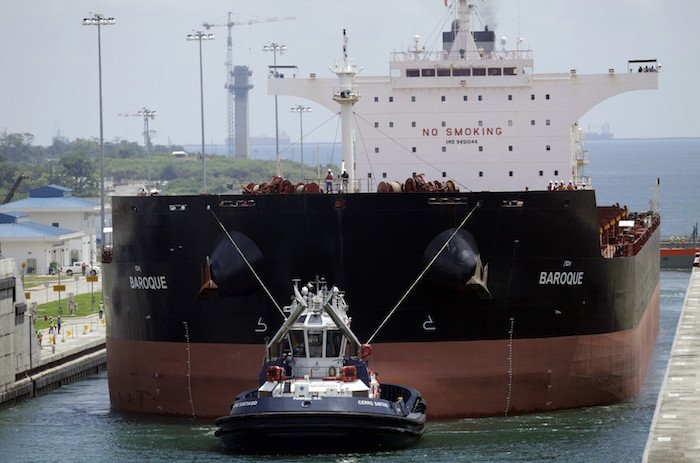
Panamax tankers are used to describe the maximum size of a ship that can pass through the Panama Canal, as determined by the original dimensions of the canal’s lock chambers. Panamax cargo ship will typically have a deadweight between 60,000 and 82,000 metric tons. The length of a Panamax vessel ranges from 200 to 250 meters, and its capacity ranges from 50,000 to 80,000 deadweight tonnage. The maximum cargo of a Panamax ship during transit is about 52,500 tonnes due to draft limitations in the canal.
3.4: Suezmax Tanker
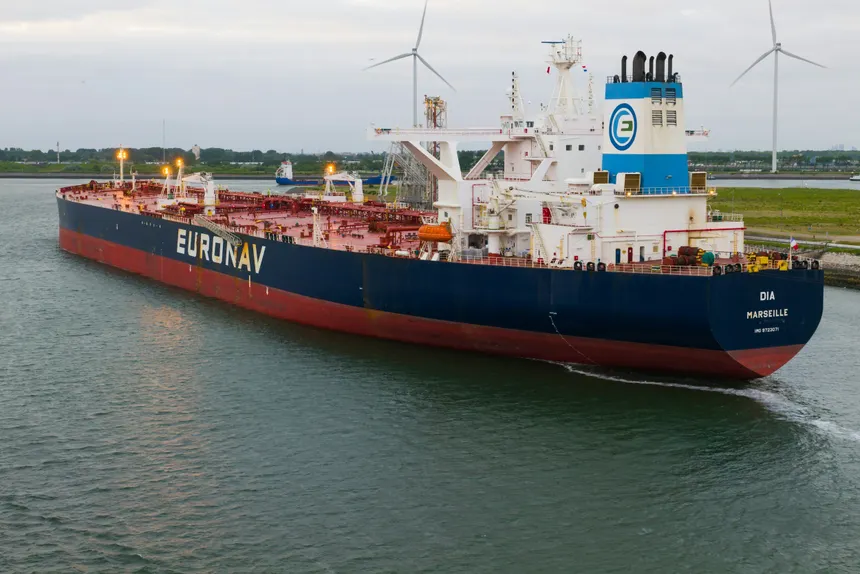
Suezmax tankers are the largest vessels that can pass through the Suez Canal. Suezmax’s capacity is 120,000 to 200,000 DWT, these tankers are crucial for long-haul crude oil transportation.
Suezmax size and design of the tankers are optimized for the Suez Canal’s dimensions, allowing them to carry large cargoes while navigating the waterway.
3.5: VLCC (Very Large Crude Carrier)
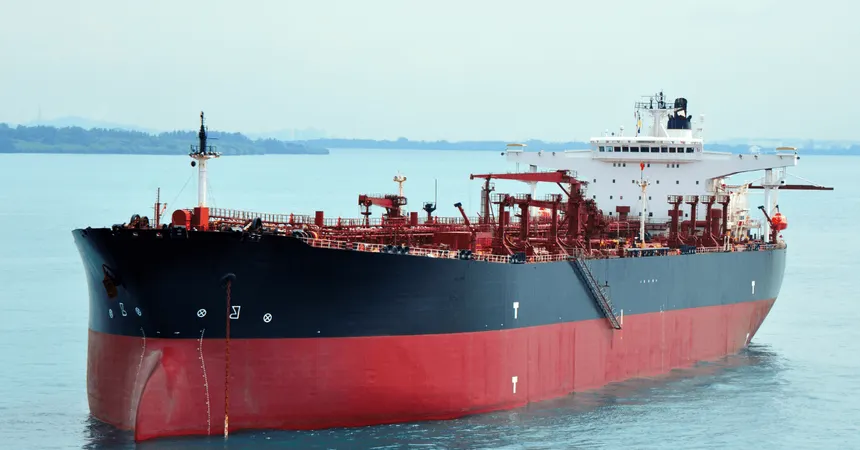
VLCCs are among the largest tankers in the world, with a capacity of over 200,000 DWT. These vessels are designed for long-haul crude oil transport across oceans. Due to the size of Very Large Crude Carriers, VLCCs require deep water ports and specialized facilities. VLCCs are essential in the global oil trade and are commonly used for transporting crude oil from oil fields to refineries.
3.4: ULCC (Ultra Large Crude Carrier)
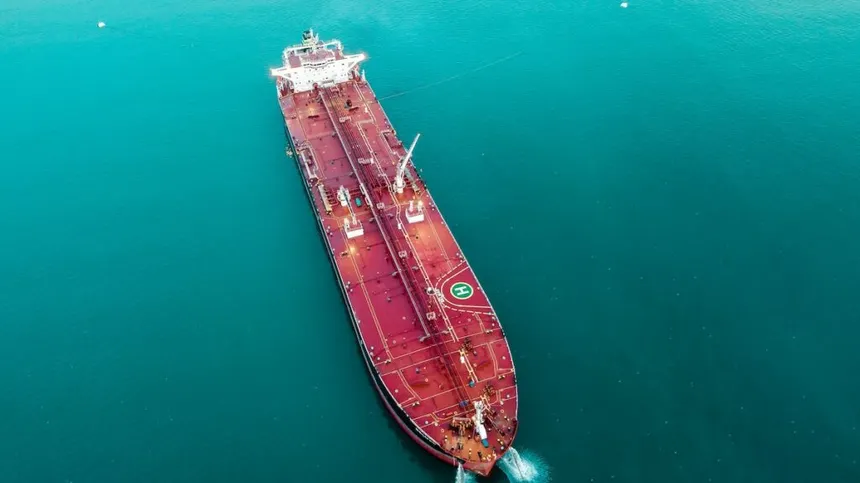
ULCCs are the largest tankers, with a capacity exceeding 320,000 DWT. These super-sized vessels are used for transporting massive quantities of crude oil over long distances. ULCCs size limits the number of ports they can access, as only a few terminals are designed to handle such large vessels.
4: Oil Tanker Classes Based on Cargo
Tankers are also classified based on the type of cargo they are designed to carry. Each classification caters to specific cargoes, considering the properties and safety requirements of the materials.
4.1: Chemical Tankers
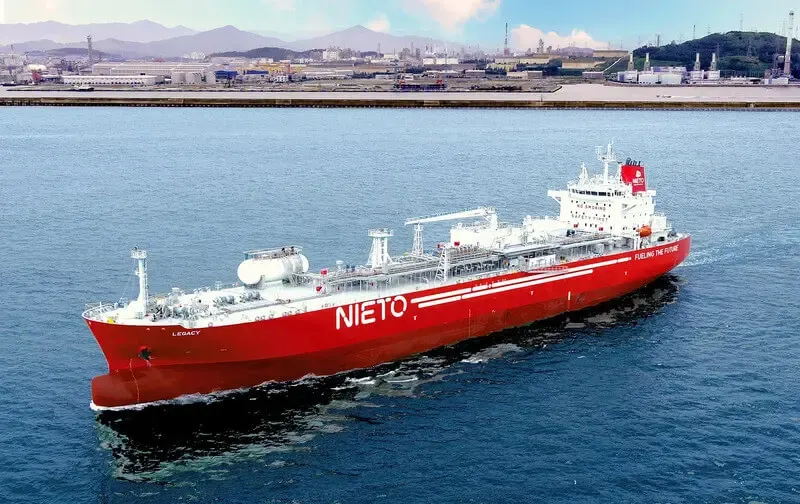
Chemical tankers are designed to carry hazardous chemicals in bulk. They are classified into three types based on the level of danger posed by the cargo:
- Type 1 tankers carry highly hazardous chemicals that require the highest level of safety and containment.
- Type 2 tankers carry moderately hazardous chemicals, with slightly less stringent safety measures than Type 1.
- Type 3 tankers are used for less hazardous chemicals and require less complex safety systems.
4.2: LNG Carriers
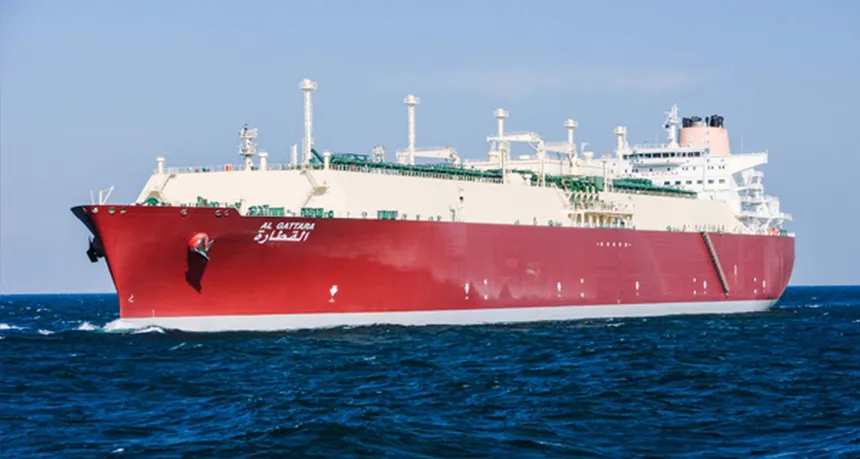
Liquefied natural gas (LNG) carriers are specialized tankers used to transport LNG at very low temperatures. These carriers are classified as:
- Type A LNG carriers consist of a membrane-type containment system, these carriers are designed for large-scale LNG transport.
- Type B LNG carriers have independent tank designs, providing flexibility and improved safety.
- Type C LNG carrier for regional transport, ideal for smaller ports or areas where larger ships cannot operate.
4.3: Gas Tankers
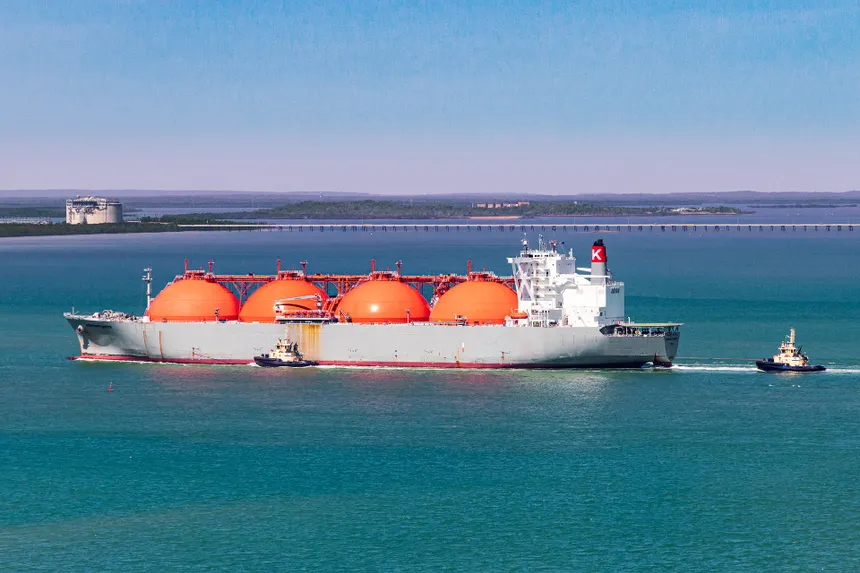
Gas tankers are designed for transporting gases like LPG (liquefied petroleum gas) or ethylene. These tankers are classified as:
- Fully Pressurized Tankers carry gases at high pressures, typically used for LPG transport.
- Semi-pressurized Tankers transport gases at medium pressures, balancing safety and capacity.
- Ethylene Tankers are designed for transporting ethylene, which requires precise control of temperature and pressure.
4.4: Oil Tankers
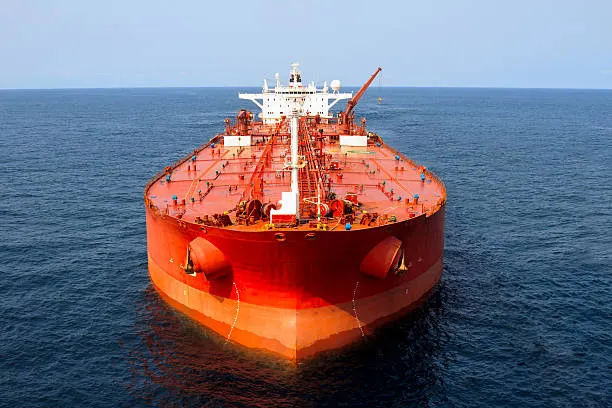
Oil tankers are the most common type of tanker and are classified into two main categories:
- Product Tankers carry refined petroleum products such as gasoline, diesel, and jet fuel. They are smaller than crude oil tankers and are used for short- to medium-haul voyages.
- Crude Tankers transport crude oil from oil extraction sites to refineries. Crude tankers can be large and are vital for the global oil trade.
5: Conclusion
The classification of tankers is a fundamental part of shipping. By categorizing tankers based on hull construction, size and cargo type, the industry guarantees that each vessel is appropriate for its original purpose. Understanding these classifications enables mariners to operate safely, effectively, and with the least environmental damage on the tankers.
As the need for liquid cargo transportation increases, you must stay updated about these classifications to maintain the highest levels of safety and service in the marine business.
6: FAQs Classification of Tankers
1. What is the difference between single-hull and double-hull tankers?
- Single-hull tankers have one layer of steel, which makes them less safe and prone to leaks. Double-hull tankers have two layers, offering extra safety and reducing environmental risks.
2. What are tankers classified based on?
- Tankers are classified by their hull construction (single or double), size (like Aframax or VLCC), and cargo type (oil, chemicals, gas, etc.).
3. What is the purpose of Aframax and VLCC tankers?
- Aframax tankers are medium-sized ships used for the regional transport of oil. VLCCs (Very Large Crude Carriers) are massive ships designed for long-distance crude oil transport.
4. What are chemical tankers used for?
- Chemical tankers carry hazardous chemicals in bulk. They are built with advanced safety features to transport highly, moderately, or less hazardous chemicals.
5. How are LNG and gas tankers different?
- LNG carriers transport liquefied natural gas at very low temperatures. Gas tankers like LPG carriers transport liquefied gases under pressure or at specific temperatures.
Disclaimer :- The opinions expressed in this article belong solely to the author and may not necessarily reflect those of Merchant Navy Decoded. We cannot guarantee the accuracy of the information provided and disclaim any responsibility for it. Data and visuals used are sourced from publicly available information and may not be authenticated by any regulatory body. Reviews and comments appearing on our blogs represent the opinions of individuals and do not necessarily reflect the views of Merchant Navy Decoded. We are not responsible for any loss or damage resulting from reliance on these reviews or comments.
Reproduction, copying, sharing, or use of the article or images in any form is strictly prohibited without prior permission from both the author and Merchant Navy Decoded.
